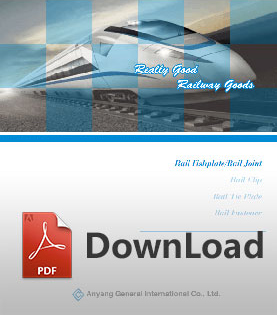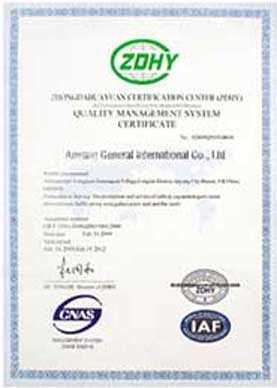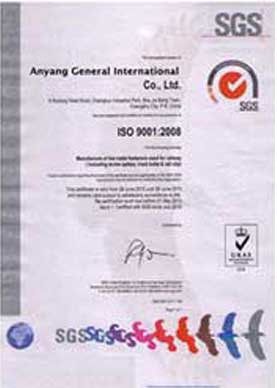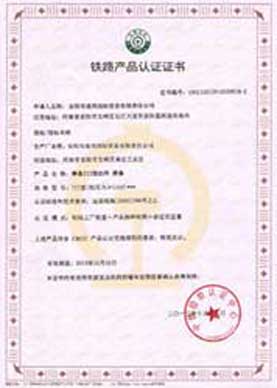
rail anchor
- Size: customization
- Standard: Used in 50Kg, 85Kg,90/91LB, 115RE /136RE ,UIC54 & UIC60 rail, or other types upon customers’ drawings.
- Surface: plain (oiled),color painting, zinc painted or HDG
- Packing: according to requirements
Rail anchors made in one-piece construction from spring steel are designed to fasten the steel rail tight on the base of the rail to prevent the rail from longitudinal movements, i.e. the “ creeping” of the rail, caused by changing temperature, grades, traffic patterns, and braking action of trains.
Rail anchors are applied to the rail base directly and lodge up against the tie. Rail anchors provide a large bearing surface against rail base and railroad tie, preventing cutting and wear, and eventually to prolong the working life of the railroad ties. Anchors are made for a specific rail weight and base width, which can be classified into two types: the Drive-on rail anchors and Spring type rail anchor.
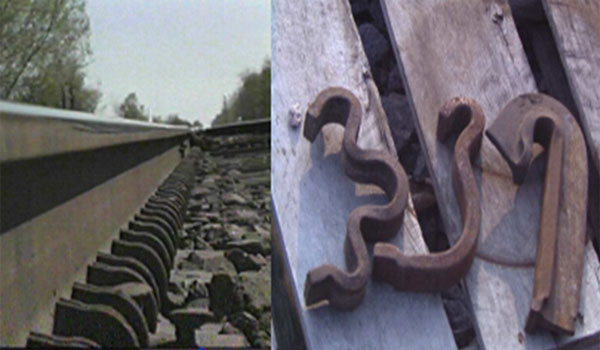
Application Rules of Rail Anchors
How to use the rail anchors? There are general rules on the application of rail anchors:
- Rail anchors should be on the gage side of the rail base against the same tie face on opposite rails.
- Rail anchors have to hold the rail base tightly and firmly and have full bearing against rail tie face.
- A new rail anchor and a rail tie will be needed when the bearing of rail anchor against the tie has been disturbed.
- Anchors shall not be moved by driving them along the rail.
- The rail ties should be kept straightened when the anchors are applied.
Locations of Rail Anchors
Usually, rail anchors are used in the following locations of rail ways.
When anchors are used, taking a 39 foot rail for example, 8 rail anchors is usually commended to be used, as shown in the following diagram. While the steep grades increased, the number of the anchors may be increased.
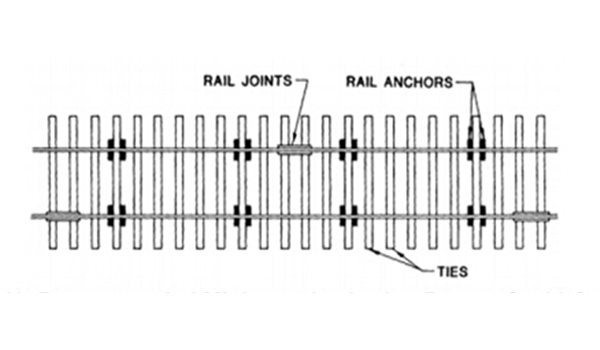
At open beck bridges. Anchors are used on track approaching open deck bridges, every third tie should be box-anchored for at least two rail lengths off each end of the bridge.
At rail crossings. As rail crossings where anchors are used, every third tie should be box anchored for at least two rail lengths in all directions from the crossing.
Rail turnouts. Anchors is optional used in turnouts. When anchors are used in the turnouts, it is helpful to correct the geometry problems.
Types of rail anchors:
1. Rail anchors are always used in steel rails such as 50kg, 85kg, UIC54, UIC60, 90/91lb, 115RE, 136RE, just to name a few. We can produce T or V-shaped rail anchors as well as other types according to clients’ requirements, by forging or casting.

Rail anchors specifications
| Type |
Used in 50Kg, 85Kg,90/91LB, 115RE /136RE ,UIC54 & UIC60 rail, or other types upon customers’ drawings.
|
||
| Material | 60Si2MnA | 45# | QT500-7 |
| Chemical composition(%) |
C:0.56-0.64, Mn:0.60-0.90, Si:1.60-2.00, Cr:≤0.35, P:≤0.03, S:≤0.03
|
C:0.42-0.50, Mn:0.50-0.80, Si:0.17-0.37, Cr:≤0.25, P:≤0.035, S:≤0.035
|
C:3.60-3.80, Mn:≤0.6, Si:2.50-2.90, P:≤0.08, S:≤0.025 |
| Surface | plain (oiled),color painting, zinc painted or HDG | ||
| Standard | AS1085.10-20002 , DIN, ISO-9001 | ||
2. Generally speaking, based on our former production experience, most common material for rail anchor production is 60Si2MnA, which is often used for rails such as 50kg, 70lb, 80lb, 90/91lb and so on.
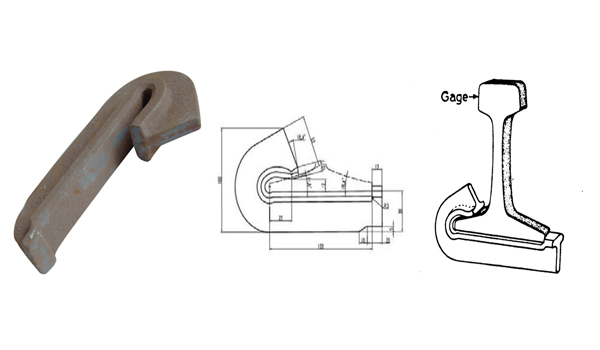
| Type | Material | Weight(g/pc) |
| 50Kg | 60Si2MnA | 800 |
| 70LB | 60Si2MnA | 800 |
| 85LB | 60Si2MnA | 800 |
| 90/91LB | 60Si2MnA | 800 |
3. Rail anchors for Russia market : high grade ductile iron castings
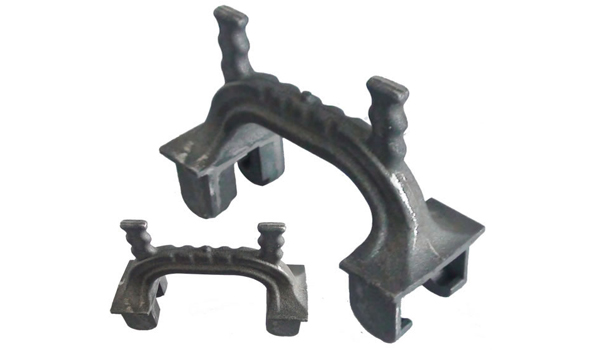
Russian rail anchor is often used in railways by casting, which is made from material of QT400-15. All related mechanical properties of it are strictly following with the standard of TOCT 7293-85.
- Rail Fasteners
- rail fastening system
- rail clip
- railroad spike
- Track bolt
- rail shoulders
- rail anchor
- rail clamp
- tie plate
- Rail Pad
- rail insulator
- rail plastic dowel
- other rail fasteners
- Railway Switch
- SKL series rail fastening system
- Chinese standard rail fastening system
- screw spikes
- Crane rail fastening system
- K type rail clip for Africa
- Hey-Back Rail Fastening
- rail fasteners for Mexican market
- Ss25 screw spike
- Ss35 rail sleeper screw spike
- Ss8 screw spike
- coach screw
- Crane Rail Clip
- Rail Joints (Fishplate)
- Steel Rail
- Railway Sleeper
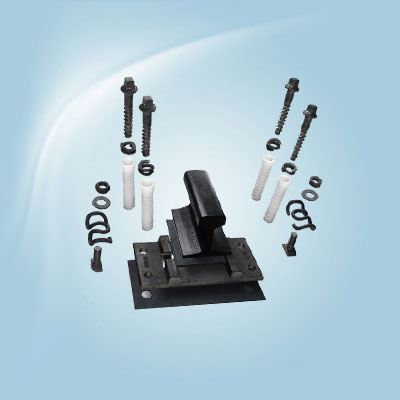 rail clip
rail clip
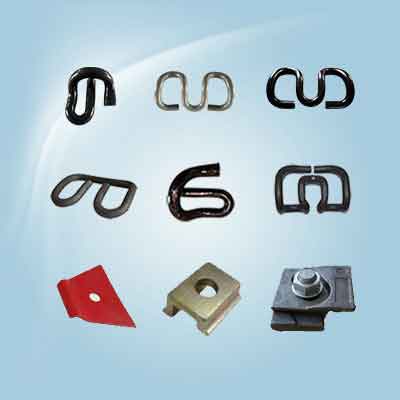 rail joints
rail joints

 Español
Español English
English
